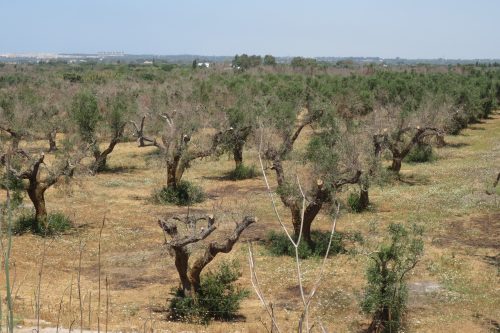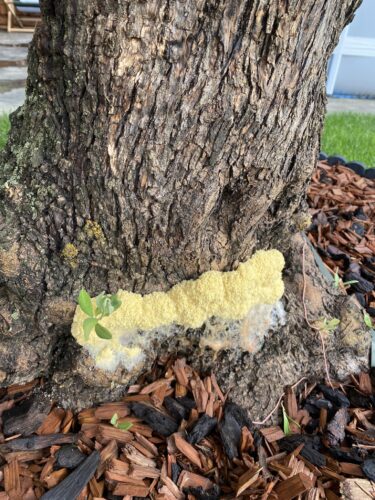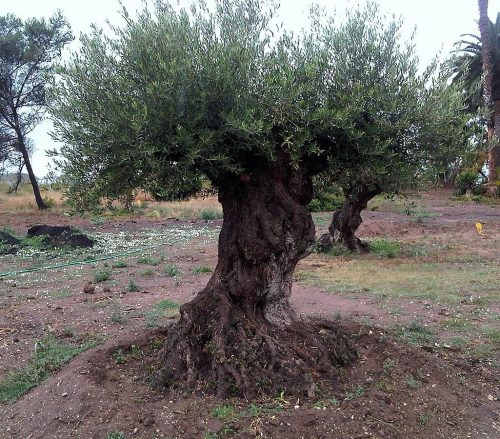The olive tree belongs to the olive family; the species that produces the edible olives is the subspecies Olea europaea subsp. sylvestris.
You are viewing the mobile-adapted version of the page.
The one for tablets, laptop and desktop also provides general information, such as origin, toxicity and cultivation.
Olive tree (Olea europaea) belongs to the olive family (Oleaceae). The species that provides the edible olives is the subspecies Olea europaea subsp. sylvestris. Warm, dry summers and mild winters are prerequisites for growing olives.
Olive trees is an evergreen but does change leaves every three years. This is gradual and begins in the crown.
Olive trees are slow growers, have a thick trunk and an extensive root system. Olive trees bear olives on average after five years. In temperate regions (Western Europe) olive trees are also widely grown in tubs.
Olive trees like a sunny south-facing position in a well-drained somewhat calcareous light clay soil. The tree should not be too wet; but also not too dry.
One or more holes in the bottom of tubs of olive trees allows excess water to drain away. This will prevent root rot.
Fertilizing olive trees with a slow-release fertilizer is best done in the spring.
Protect young olive trees from frost during the winter months.
An olive tree does not need to be pruned, but the tree tolerates pruning well. Like a pollarded willow, the olive tree can be pruned all the way down to the trunk. Those who want flowers and possibly olives must cut away the old branches that have borne flowers; olive trees never bloom twice on the same branch.
Bugs
Deformed and crumpled leaf: aphid (Aphidoidea).
Foam and/or white fluff on leaves: mealybug, scale insect.
Fungi & diseases
Black round spots on leaves that then yellow: Phytophthora.

Tree dries out, growth lags and eventually the tree dies: Xylella (Olive quick decline syndrome – OQDS). Occurs mainly in southern Europe.

Yellow, spongy fungus on the trunk of the olive tree: Scrambled egg slime (Fuligo septica).
Other
Leaves curl and yellow, incipient fruits shrivel: too little water.

